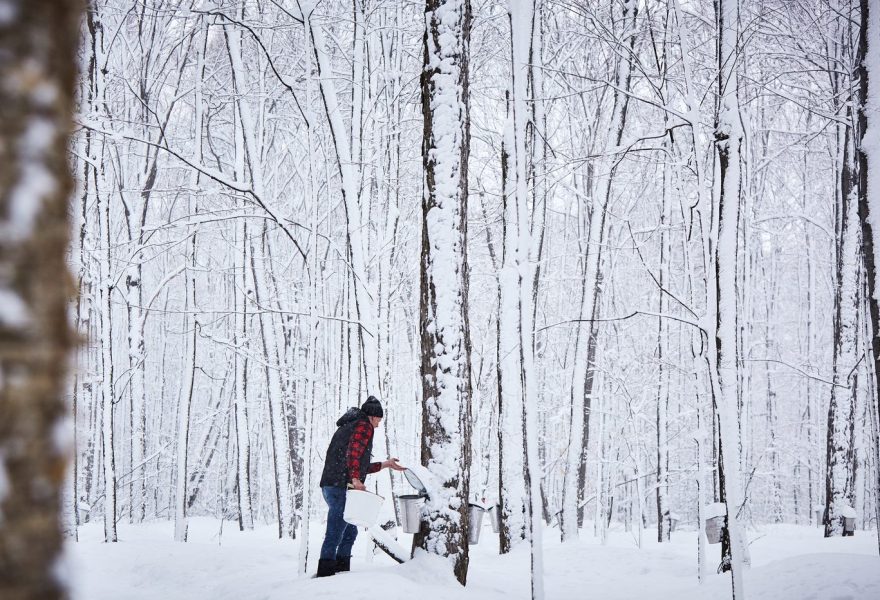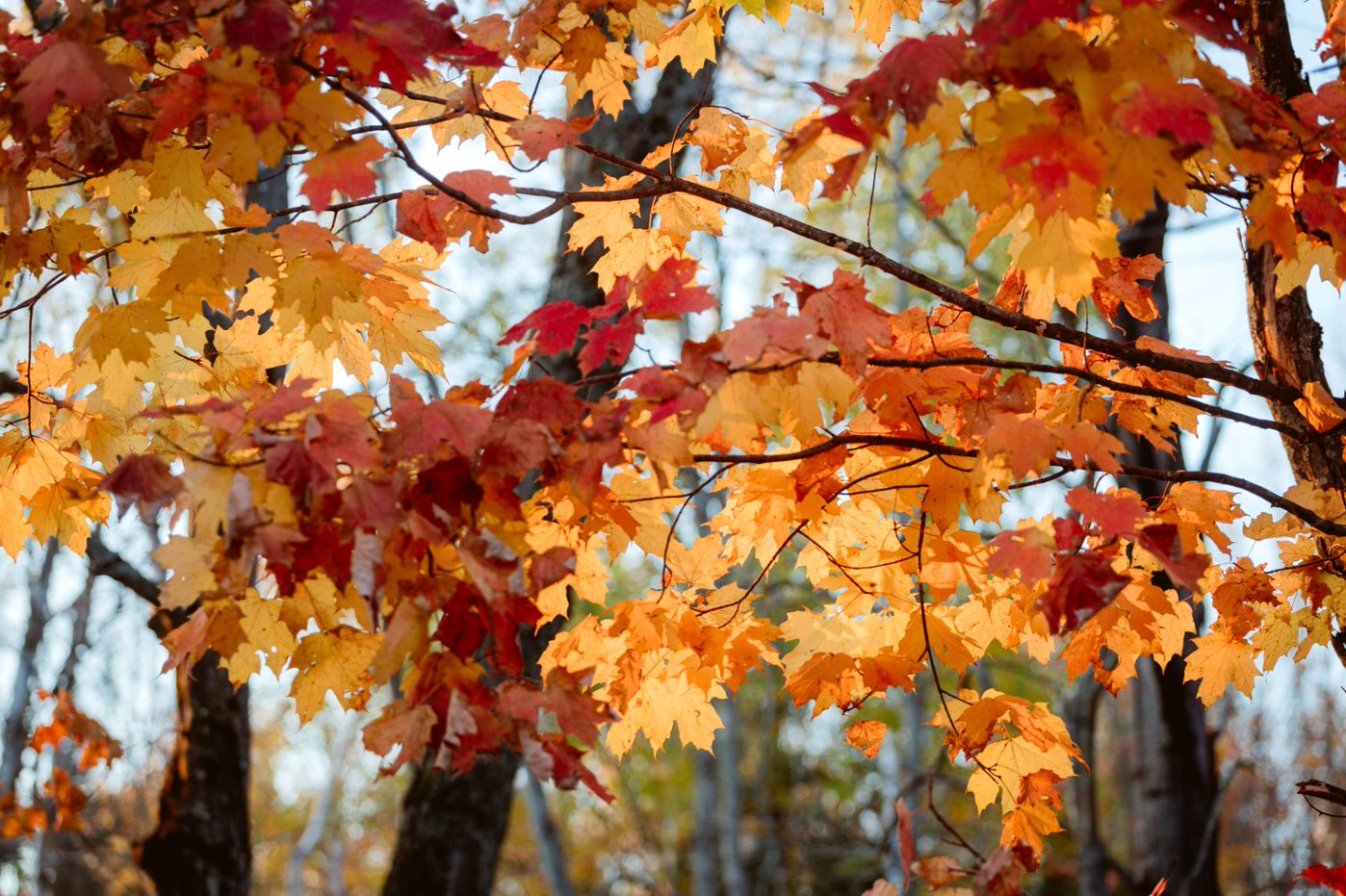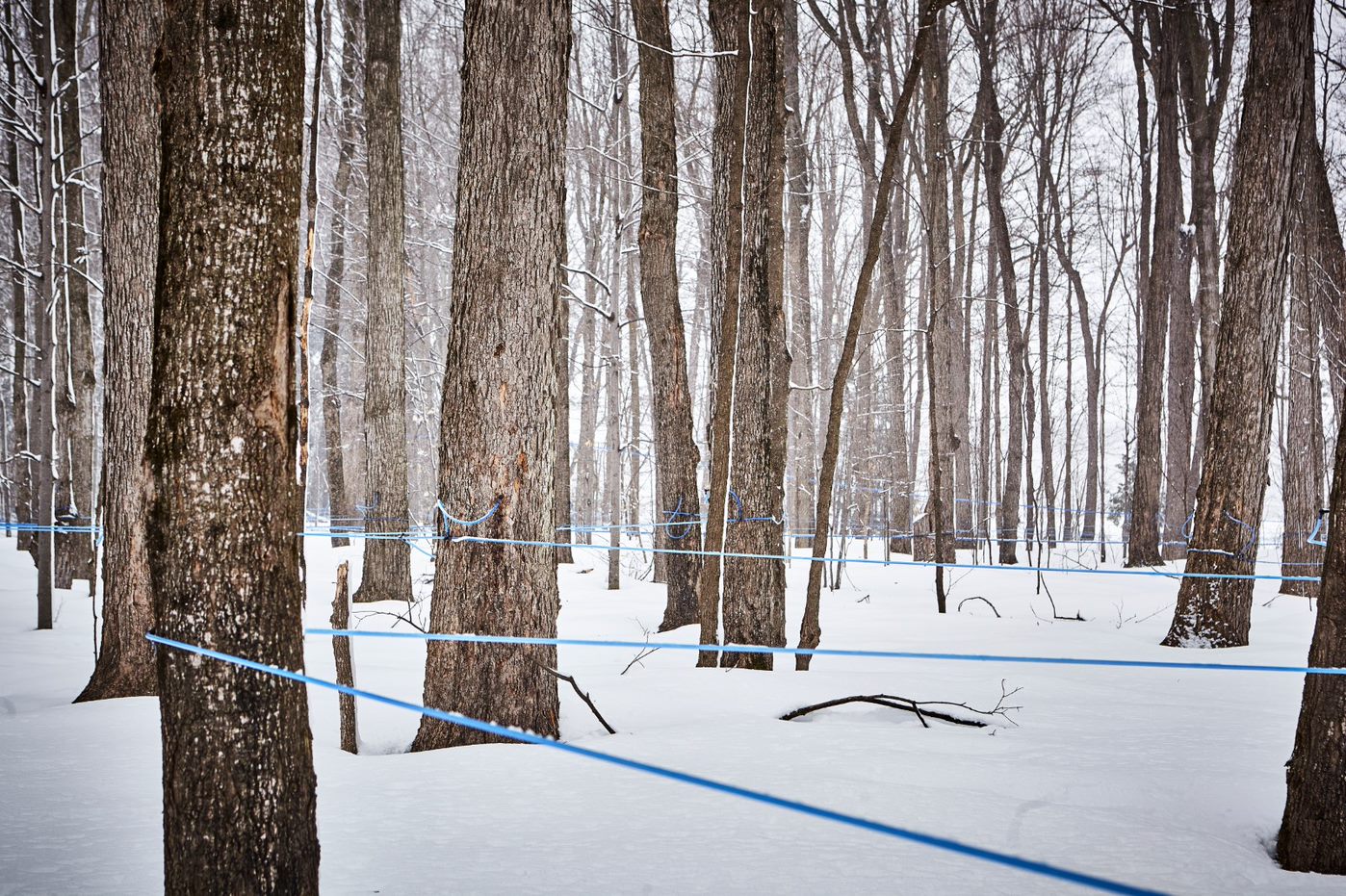International Day of Forests: celebrating the maple tree

March 21 marks the International Day of Forests, a day for celebrating all types of trees and forests around the world. Established by the United Nations in 2012, the day raises awareness of the role that forests play in combating climate change.
Québec, our home back in Canada, is the Canadian province with the highest total forest cover, with forests covering nearly half of the region. Not only do these forests bring environmental benefits, but they are also a major source of employment for local people.
Maple syrup production is one of the Québec’s main forestry industries, generating over C$1 billion in GDP and employing more than 13,500 people. These farmers have the maple tree to thank for providing them with a livelihood, and so do maple syrup lovers for bearing their favourite sweetener!
How many species of maple tree are there?
There are more than 125 species of maple tree around the world. Most of these hail from Asia, though there are a number of varieties native to Europe, North America and North Africa. Maple trees can reach heights of up to 30 metres tall, and most of deciduous, meaning they shed their leaves every autumn.
Ten maple tree species are native to Canada, including the silver maple, red maple, black maple and sugar maple. Along with maple syrup, maple trees are known for their distinctive five-lobed leaves, which you’ll probably recognise from the Canadian flag.

Which species of maple tree produce maple syrup?
If you’ve ever wondered, “where does maple syrup come from?”, you’ll probably have found out that it is mainly derived from the sugar maple tree. But did you know that pure maple syrup can actually be harvested from any species of maple tree?
In practice, only a few species of maple tree are used to produce pure maple syrup on a commercial scale. These include the sugar maple and black maple, which are favoured by maple syrup farmers due to the high sugar content found in the maple sap.
The sap of a sugar maple tree contains between 1.5–3.5% sugar, making it the superior choice for maple tree tapping. Black maple trees boast a similar sugar content, though they have a slightly shorter sugaring season. Other trees used for maple syrup production include the red maple and silver maple.
Maple syrup, maple sugar, maple spread – all these delicious products originate from the sap of the maple syrup tree.
How is maple syrup harvested from maple trees?
In the warm summer months, maple trees produce sugar through photosynthesis which dissolves into the sap and is then stored for winter. When springs rolls around, the alternating temperatures of day and night liquify the maple sap and cause it to flow out toward the tree trunk.
Rising temperatures in the daytime create positive pressure that forces the sweetened sap out of any holes in the maple syrup tree. This is why maple syrup farmers drill small holes into maple trees to collect their sap.
Traditionally, the process of tapping maple trees and collecting their sap would’ve been done by hand. Today, maple sap is mostly collected using tubing systems, with plastic pipes attached to spiles at multiple trees.

Sustainable management of Québec’s maple forests
Québec’s maple forests are a huge environmental asset. They are an important source of carbon storage and biodiversity, offsetting 744,000 metric tons of carbon each year and providing a home for over 50 threatened wildlife and plant species.
Sustainable management of maple forests is key to preserving these benefits. Working with the Canadian government, Québec Maple Syrup Producers (QMSP) is taking steps to protect Québec’s maple forests far into the future by implementing a sustainable forest management strategy.
Farmers involved in maple syrup production make sure to tap parts of the maple tree that have not been targeted in previous sugaring seasons, allowing the trees to recover and remain a source of maple syrup throughout their lifetime. Tapped trees are legally protected from logging.
Producers in Québec must also follow strict soil preservation guidelines and commit to using eco-friendly equipment. These measures are helping to reduce the environmental impact of maple tree tapping, ensuring the industry can continue to run sustainably for generations to come.
Maple trees: the heart and soul of maple syrup
A source of pride locally, Québec’s maple forests have a truly global footprint, helping to curb climate change through carbon storage and also producing one of the world’s most popular sweeteners in pure Canadian maple syrup.
If you’d like to find out how maple syrup can be used in your cooking and baking, make sure to check out our recipes with maple syrup.
A natural source of energy
Maple syrup is a natural source of energy. Check out our recipes for food and drinks before, during, and after exercise.
)